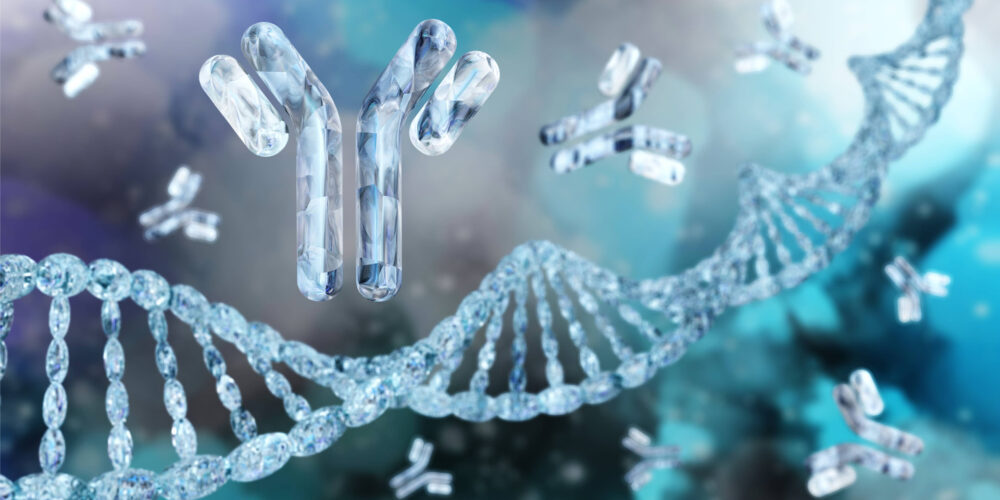Our pH3 and pH2AX assay is designed to detect the potential of genotoxicity and aid the elucidation of the mechanisms involved.
Cyprotex delivers consistent, high quality data with the flexibility to adopt protocols based on specific customer requirements.
Introduction
Assessment of genotoxicity using pH3 and pH2AX biomarkers:
- High Content Screening uses automated fluorescence microscopy to measure indicators of cellular health and quantify biomarkers.
- Clastogens and aneugens are key classes of genotoxic agents. Clastogens directly damage DNA, resulting in double-stranded DNA breaks. Aneugens produce numerical chromosome aberrations, formally known as aneuploidy (the result of "lagging" chromosomes).
- Phospho-histone 3 (pH3) is a marker of mitosis and cell cycle arrest during the G2/M phase. Aneugens have been shown to increase levels of pH31. Phospho-histone 2AX (pH2AX) is a marker for double-stranded DNA breaks, indicating direct DNA damage caused by clastogens and some aneugens.
- HepG2 cells were selected due to their wild type p53 expression, shown to be important for accurate genotoxicity prediction2.
Protocol
HCS Genotoxicity: pH3 & pH2AX Assay Protocol
Data
Data from the pH3 & pH2AX Assay
References
1) Khoury L et al. (2016) Complementarity of phosphorylated histones H2AX and H3 quantification in different cell lines for genotoxicity screening. Arch Toxicol 90; 1983-1995
2) Kumari R et al., (2014) p53 regulation upon genotoxic stress: intricacies and complexities. Mol Cell Oncol 1(3); DOI: 10.4161/23723548.2014.969653
Downloads
- Cyprotex Mechanisms of Drug Induced Toxicity Guide >
- Cyprotex pH3 and pH2AX Genotoxicity Assay Factsheet >

